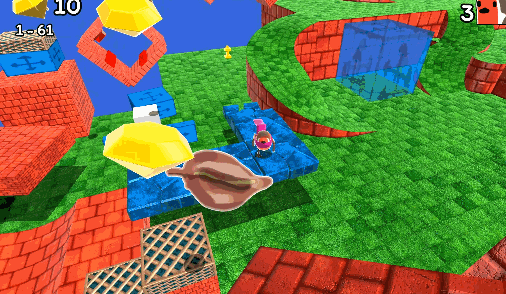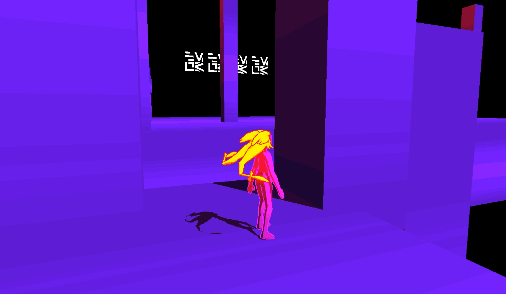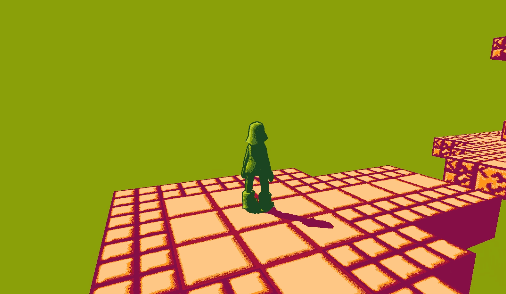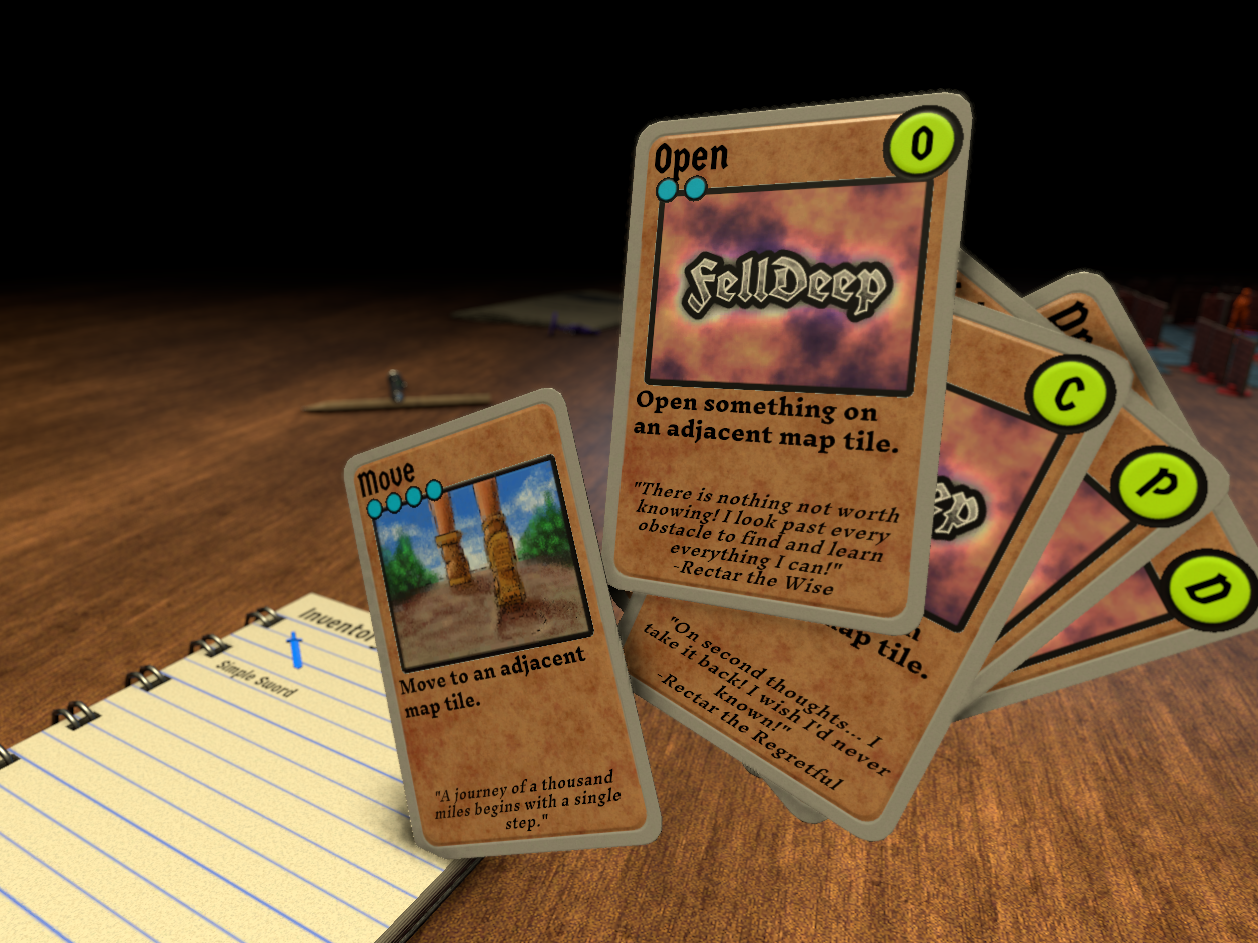Assault on the Frozen Fortress
Posted: August 20, 2021 Filed under: Patreon Leave a comment »OK, I’m calling this done! It’s my first finished gamebook! There are still more things I’d like to do (like adding more illustrations, as well as pdf/epub versions) but I need to get a bunch of other things done for the holidays, and I want you to be able to play ahead of the main release (a few days from now) because I fricking love you so much!
Anyway, here’s the link:
Thanks so much for your support this year, I haven’t released as many games as I’d like to have done, but what I did manage wouldn’t have been possible without you! I hope you have a great time through to new years and beyond! <3
Update: I’ve made a new improved version of this!
Monthly Build 2019/12 – Assault on the Frozen Fortress
Posted: August 20, 2021 Filed under: Patreon Leave a comment »So this is one I started this month, probably to be released in a few days, I hope you don’t mind! You do at least get a video of me talking about it and new WritingFantasy stuff and also improvements to my gamebook system, as well as the sneak preview of course!
You can play it online here, or download the epub below. You’ll need a couple of dice to play, but if you don’t have any then I’m sure you can find a dice app somewhere 😉
Anyway I just want to say thanks so much for your support, I wish you the very best through the solstice and that if the Frost King comes for you, I believe you have the strength to defeat him! <3
Choose your monthly build #2
Posted: August 20, 2021 Filed under: Patreon Leave a comment »So once again I’m working on a game this month that I’ll be giving you later anyway, so here’s a selection of other projects I’m offering instead 🙂
Also this month all your options are 3D platformer games, because I guess I’m theming these things now lol.
Robin Platformer

Yep I’m putting this one up for voting again 🙂
SE:RO SPACE

This one is quite old now but also quite rare as far as my unfinished projects go, before now I think maybe only 1 other person has ever played with this?
FisherClimber Platformer

I think I started this for a jam with an eye to what a 3D tomb raider type game would look like on game boy, it’s changed a bit since tho. Pretty slow movement but I still like it a lot – every move feels deliberate 🙂
Also I don’t think I ever worked fishing in, it’s just climbing 😛
Spooktober 31st – HAPPY HALLOWEEN!
Posted: August 20, 2021 Filed under: Patreon Leave a comment »So as I type this it is nearing midnight on Halloween, it was close but I totally managed to live up to my plan of giving you a game for Halloween 😀
I know it’s not the one I’ve been working on all month, you can have that one when it’s done (probably next month!), this is one I started making on Sunday and juuuuust finished (sorry if there are any bugs!)
Anyway, the game is called “Pumpking” and it is a difficult platform game made with/for Pico-8. I hope you love/hate/fear it 😀
Game downloads below, or you can play it on itch right now with this ~secret link~ 🙂
(oh btw I’ve included you all in the credits, but pico-8 has limited character types so if your name has an accent it’s been lost. I’m really sorry about that!)
Update (2/11/2017): Added music by Tim Monks, extra boss stages, and a bunch of fixes and improvements (I mead it easier in some places, harder in others ;P )
Also this game is available to everyone now, patrons will be getting another bigger game later this month so I hope you don’t mind <3
Roguelike stairssssssss!
Posted: August 20, 2021 Filed under: Patreon Leave a comment »OK so I got stairs working!
This took MUCH more work than I was expecting, most all of the player-facing stuff had to be rewritten and some core game systems required tweaks too. I had planned ahead with some things to work with multiple dungeon floors and that saved me a little time… but there was a TON of stuff I hadn’t thought about when I was getting things working with just the one dungeon floor.
But it’s working now! Well, kind of! 😛
moving down stairs generates a new floor of the dungeon (if one doesn’t exist) and moves the player there, other agents (mobs) don’t get given turns by the turn manager if they aren’t on a floor with a player (maybe not ideal but updating their knowledge every turn is expensive af if I do it for every mob in a dungeon with lots of floors). also I don’t have an animation for clearing the board yet – it just wipes everything immediately but I’ve got a few ideas in mind, I *could* remove all the pieces carefully or… I could throw physics colliders and rigid body components on everything and just push them all out of the way 😛
anyway, I’m super glad to have this working (and to have the game still working – it was broken for a LONG time while I implemented this), it means I’m set to try the fun stuff of more interesting dungeon generation, and using different generation systems based on the kind of dungeon floor I want. Tho before I do that, this work has reminded me how rough it can be making big changes to the game board when I don’t have systems in place for them. The next thing I should do is probably implement a “dig” action so players can turn walls to rubble, that should be a good test of updating map display and will probably (I hope) be the last big challenge WRT “board game display systems”
anyway in other minor news I tried a workflow for painting action card artwork in substance painter, but it was slow and I don’t like the tools so I’ll stick to clip studio – tho all art for now is temporary.

Also I hope nobody is getting too attached to the idea of the notepad inventory, I’ve been thinking it would make more sense to have players hold “item cards” instead, that way they can list all the relevant info, have cool artwork to flesh out the item more, maybe flavour text… all that cool stuff 🙂
anyway I think that’s everything for now, I’m gonna be trying to make a patrons-only post once or twice a week from now on, and I’ll try not to shy away like I did this week if things are broken as I try to add new stuff. (It’s tough to feel good about showing a thing when what you have to show is “look how terrible it is” 😛